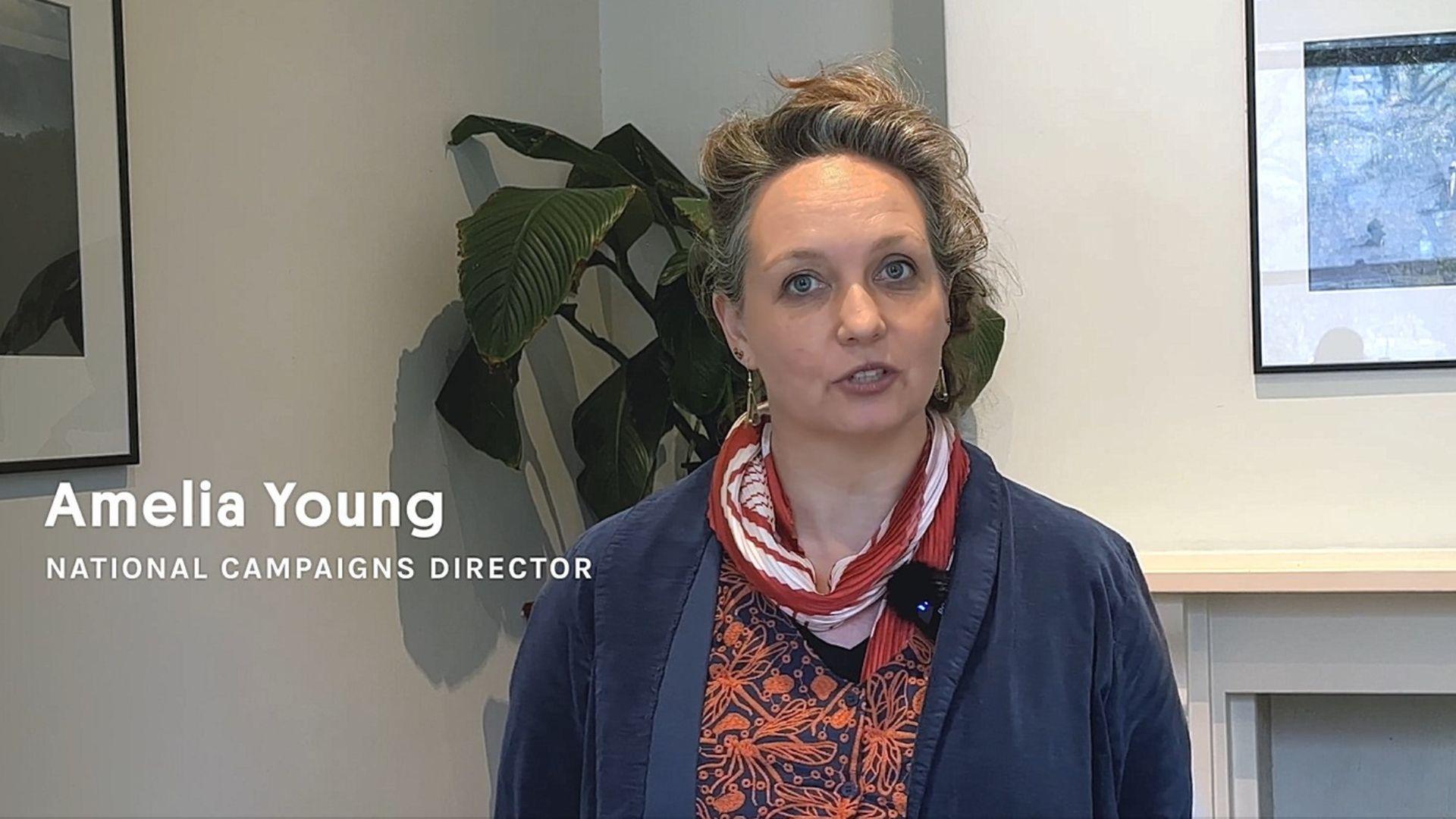Wilderness Journal
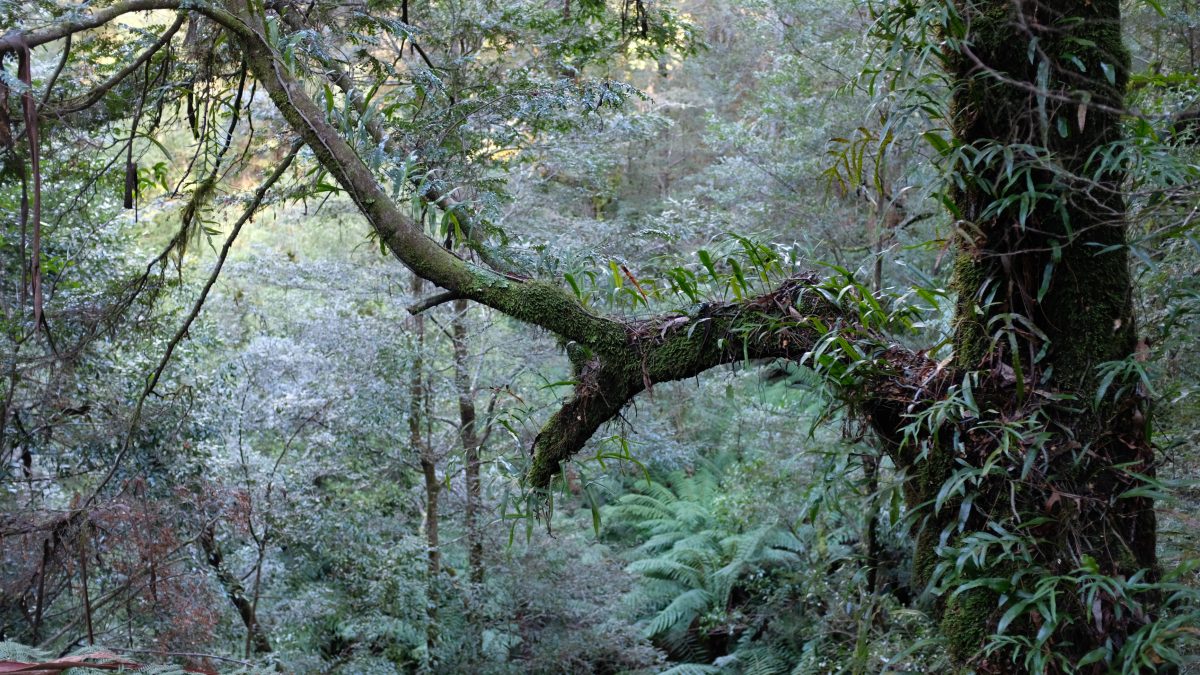
Highlights from April to June 2023
Your incredible support delivered lots of progress for nature
There were some big steps forward across the Wilderness Society's campaigns, including one of the biggest outcomes for precious native forests ever.
A massive win for Victoria’s Tall Forests
On Friday, 9 June, the Wilderness Society’s National Campaigns Director Amelia Young and campaigner Richard Hughes hosted an event to celebrate an end to industrial clearfell native forest logging in Victoria. They were joined by supporters and the wider Victoria forests environmental community at the City of Melbourne Bowls to appreciate this momentous outcome.
For decades, the Wilderness Society has been campaigning to protect the tall, wet forests of eastern Victoria. On 23 May that work finally paid off when the Victorian government announced $200 million in funding for a transition package that will bring native forest logging in the state to an end in 2024—six years sooner than the original end date of 2030.
“From 1 January 2024, there won't be any more industrial clearfell logging in Victoria's native forests. This wouldn't have been possible without you,” said Amelia Young.
“These forests are incredible. They are home to wildlife and nowhere else on Earth like Wollert, the Leadbeater's possum, and Wanda, the greater glider. These marsupials have called these forests home for millions of years.”
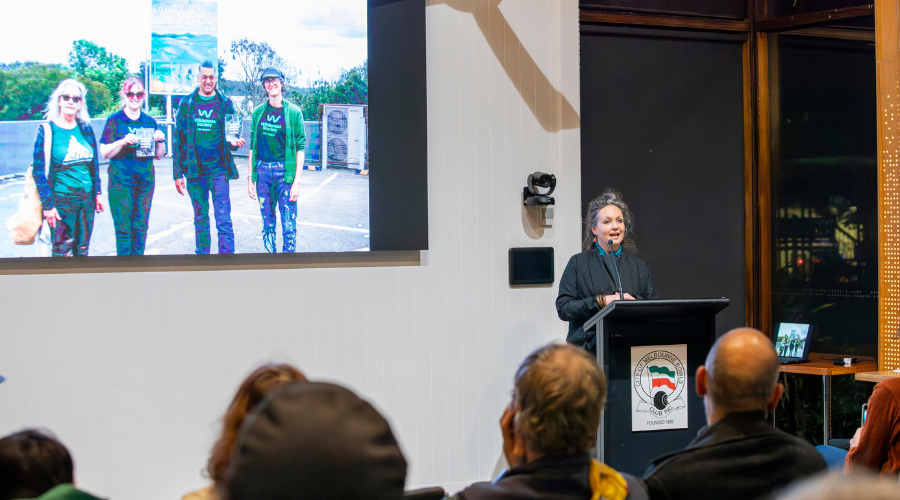
Now, thanks to your support, we have an opportunity to secure a permanent sanctuary for these forests and the wildlife that call them home. In some ways the campaign is just beginning.
“We now need to work very hard to make sure that the Great Forest National Park and the Emerald Link are created.
“We couldn't do this work without community support, financial support and the interest of the business community and the state government. Thank you for being part of this amazing change for Victoria's native forests.”
Forests under pressure in NSW and Lutruwita
In celebrating the outcome for Victoria’s Tall Forests, the organisation is mindful that it creates risks for forests elsewhere in this country. “We're very worried about the pressure that this announcement might place on forests in little way to Tasmania and also in New South Wales,” says Amelia Young.
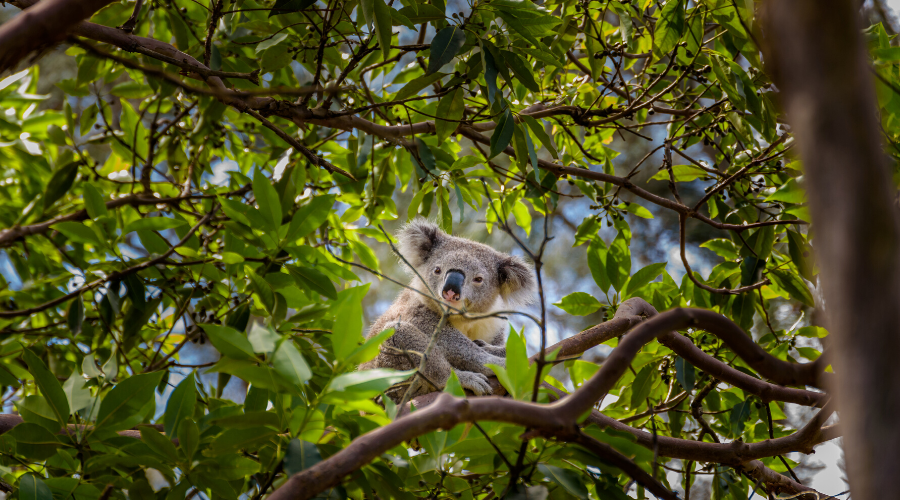
“With your ongoing involvement, we will continue to work with the local community in northern New South Wales to create the Great Koala National Park, and we'll also continue to work to make sure that the magnificent forests of Lutruwita / Tasmania are valued for conservation, recreation and carbon.”
Our work in numbers
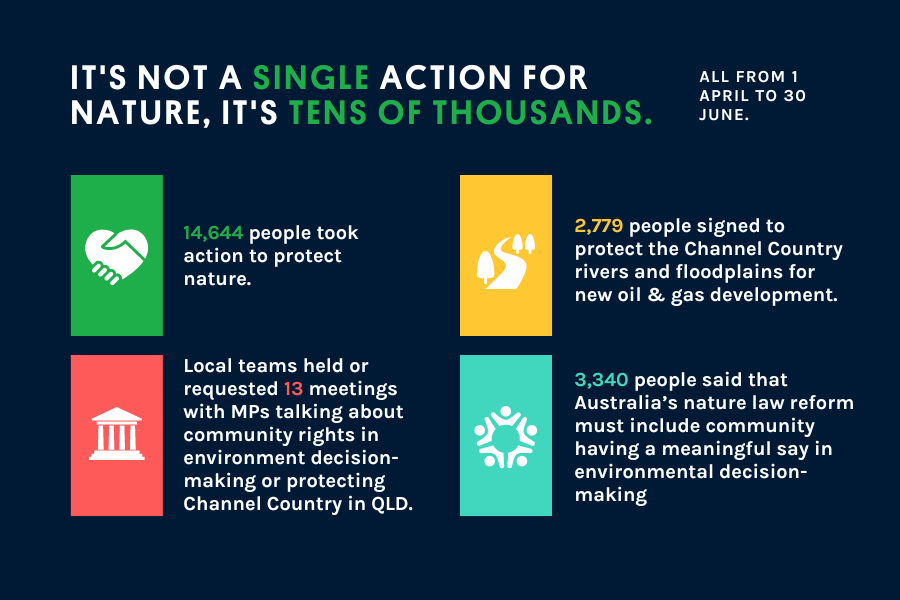
Campaigner diary: The road to zero deforestation
Queensland Campaigns Manager, Hannah Schuch, hit the road in April to hear and learn from regional landholders, which will help inform the Wilderness Society’s campaign to end deforestation in Queensland. With your support, we’re building relationships with communities on the ground, so that together, we can pave the way for a brighter future for all Australians.
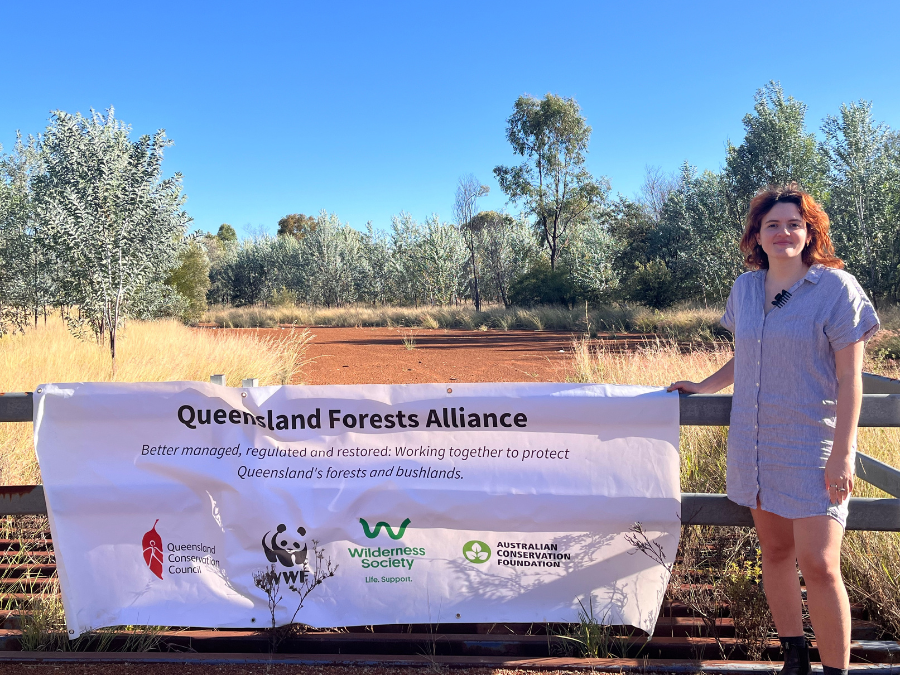
Day 1: We touch down in sunny Townsville to meet with North Queensland Conservation Council and a journalist from The Guardian who reports on rural and regional issues. Thanks to our donors, we’re using this opportunity to expand our networks outside of South East Queensland and connect with key stakeholders in the region to share information about the deforestation crisis.
After these meetings in town, we drive to see some nearby clearing we’d been alerted to through Watch on Nature—the Wilderness Society’s web-based app that detects and exposes deforestation using satellite imagery. It’s devastating to see such vast areas that have been destroyed by bulldozers for beef, just an hour or so out of the city.
Day 2: Today we’re up bright and early and driving down the coast to Bowen, before we head inland towards Collinsville. We’re making our way to Mount Pleasant, a 1,300 hectare grazing property owned by Garlone and Jamie. They run about 3,000 head of cattle and have designated part of Mount Pleasant as a nature refuge–a private protected area with the Queensland government.
Garlone and Jamie are adopting practices like rotational grazing, and letting native plant species like grevillea trees grow back on their property.
“The country has been altered and may not go back to its original state, but we are doing all we can to ensure that the environment is as healthy and biodiverse as we can,” they tell me.
Garlone and Jamie are passionate about ensuring their community, industry and politicians listen to science and protect biodiversity. We leave feeling inspired and hopeful.

Day 3: Big day of driving ahead. We’re on the way to Biloela to meet a couple of organic graziers who are running 800 head of cattle on about 6,000 hectares of land. They have invested in a carbon farming project through the Queensland government’s Land Restoration Fund and also practice rotational grazing.
Day 4: Whilst in Gin Gin, we attend a Land Restoration Fund workshop and hear from landholders, experts and the Queensland and Federal governments about opportunities to protect vegetation on farming properties through carbon farming incentives. It’s fascinating to hear insights from landholders about these projects and gain more understanding about the advantages and barriers to these types of projects on the ground.
Day 4: We arrive in Brooweena just outside of Maryborough to meet a landholder practising native forest logging. He believes his work is sustainable and expresses a deep love for the land. He drives us around his property and shows where he produces the logs. This is extremely interesting and quite shocking to see firsthand. We speak to him about deforestation, carbon farming opportunities and the Queensland government’s commitments around native forest practice.
"The insights we’ve gained will help inform the next stage of our campaign to combat broadscale deforestation. Thank you for supporting this important work."—Hannah Schuch
Next we head an hour or so down the road to Kilkivan to meet with farmer Shane Joyce and visit his property, where he is practicing permaculture and syntropic agroforestry and grazing cattle. He’s working with local Koala action groups to replant riparian vegetation. Shane wants to link-up wildlife corridors, and believes productivity and environmentalism can go hand-in-hand. He sees the barriers to change as fear, skepticism, tradition and cost.
Recap: This trip was such a fantastic opportunity to talk to regional Queenslanders who are living on the land and using different methods to manage it–for profit and/or nature. The insights we’ve gained will help inform the next stage of our campaign to combat broadscale deforestation. Thank you for supporting this important work.
Nature funding and the Federal budget
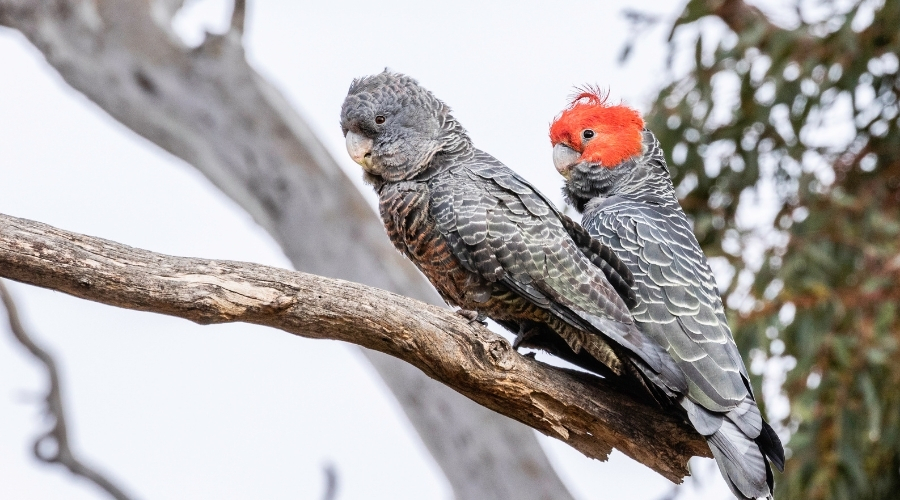
One important piece of the puzzle in how to stop the extinction crisis is funding. Public funding for nature has stagnated in real terms for two decades despite massive economic growth and increases in government spending on other areas.
In the weeks leading up to the May 2023 federal budget being released, nearly 2,500 Wilderness Society supporters wrote to Treasurer Chalmers and Minister Plibersek that action and funding are needed immediately to reverse Australia’s steep environmental decline.
The budget that was released was inadequate. It does not allocate sufficient public funding for environmental enforcement and compliance, nor is there enough funding to address the backlog on species recovery plans, world and national heritage site identification and planning, and threat abatement planning.
Backed by people like you, we were successful in putting nature funding back on the political agenda. Minister Plibersek’s public media engagement in the days leading up to the budget wasn’t her own portfolio—instead she took up the government’s general talking points. However, following the budget’s release, and the Wilderness Society’s strong media engagement, the Minister was put on the back foot. She was forced to respond to allegations, including from the Wilderness Society, about inadequate funding for nature. The Minister was forced to take notice, and we will build on this pressure in the lead up to future budgets.
Because of the support of people like you, we got an opinion piece in the Canberra Times building public pressure that funding is needed to protect threatened species.
When the budget was released if you looked for key points on how they’re going to tackle the extinction crisis—well, you’re mostly out of luck.
But here’s how your support is helping to keep putting pressure on the government for strong nature law reforms and adequate funding for threatened species. The Wilderness Society...:
successfully engaged the Samuels Review of Australia’s environmental law, resulting in the recommendation that forestry be subject to Australia’s national environmental laws. This lay the pathway for the Albanese government’s recent commitment that regional forest agreements will be subject to Australia’s new Environmental Standards.
continues to push the government on the need for new environmental laws that have strong integrity and community participation measures. For instance, we won a commitment to an environmental standard on community consultations as part of the environmental reforms and...
has resisted the government’s soft spot for market-based solutions, and continually puts the spotlight back on the duty of the government to do its job, rather than hoping the private sector will. On 30 June, Wilderness Society’s Tim Beshara appeared before the Senate Committee Inquiry into the Nature Repair Market Bill and railed against the financialisation of nature.
supported local community teams to have 11 meetings with MPs from 1 April to 30 June. Groups talked to their MP about how nature law reforms must ensure communities have a meaningful say in environmental decisions that affect them and how to protect the Channel Country in Qld. With an additional two meetings requested.
Thanks to you, protection for Lake Eyre Basin is closer than ever
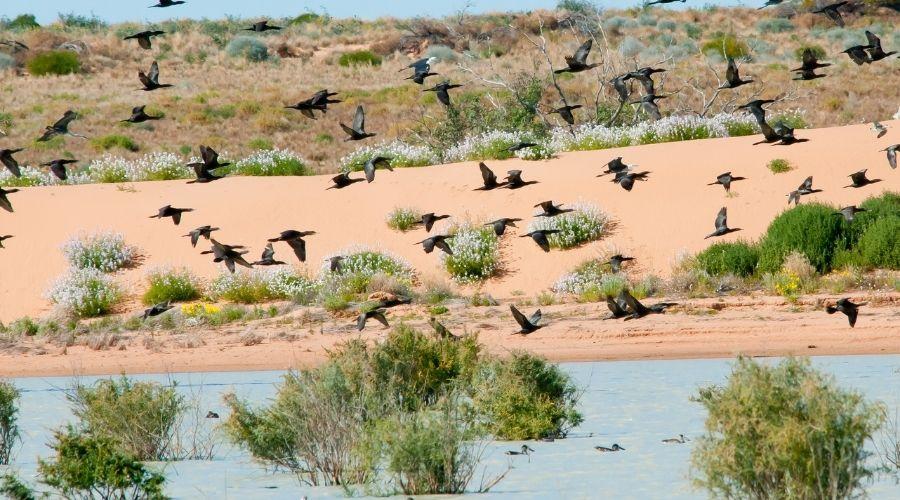
Protection for the spectacular rivers and floodplains of the Channel Country in the Lake Eyre Basin is one step closer after the release of the Palaszczuk government’s consultation report, which includes important policy options for safeguarding this unique region from new oil and gas!
Your support is keeping the pressure on Queensland Labor to come good on its longstanding promise to protect the Channel Country rivers and floodplains, which it has pledged to do at each state election since 2015. The release of the report is an encouraging step towards the Palaszczuk government delivering on this commitment.
The Channel Country is among the last healthy, free-flowing desert-river ecosystems left on Earth. These rivers, floodplains and wetlands are home to millions of birds, endangered fish species, and other wildlife found nowhere else. But fossil fuel giant Santos and other big polluters want to mine the floodplains and watercourses for dirty oil and gas, including dangerous fracking, which poses enormous risks to the land and waters.
With your help, we’ll continue to lobby the Queensland government to act in support of calls from Traditional Owners, locals, graziers, environmentalists, scientists and thousands of Queenslanders to preserve these delicate rivers and floodplains—the lifeblood that feeds the heartlands of Australia—for future generations.
An end to the mindless release?
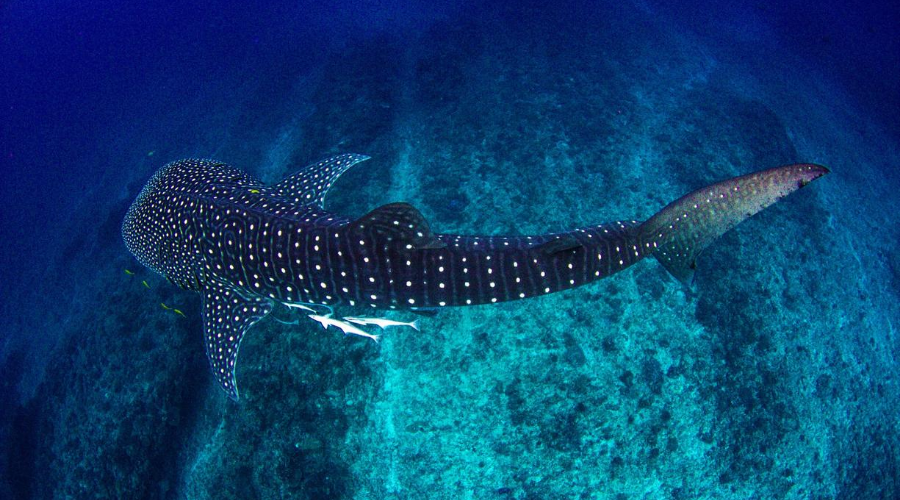
During May, it became clear that this year the Australian government wasn't releasing a round of new offshore oil and gas exploration acreage areas. Historically, the Department of Industry, Science, Energy and Resources has released new Offshore Petroleum Exploration Acreages every year to facilitate yet more fossil fuel exploration and exploitation in precious marine areas around Australia.
"Over the last couple of years, tens of thousands of people like you have helped expose the continual mindless release of new acreage to the fossil fuel industry," says Tim Beshara, the Wilderness Society's Manager of Policy and Strategy. "It's a process that put places of World Heritage value at risk to extract more oil and gas that we simply don’t need.
"And this year, it seems the usual mindless release of precious oceans hasn’t happened! Rumours are swirling that there might just be an end in sight to this insanity."
If you haven't already, please email Minister King and Minister Bowen, to ask them to formally end the current federal government process for the annual release of offshore oil and gas acreage.
In the media
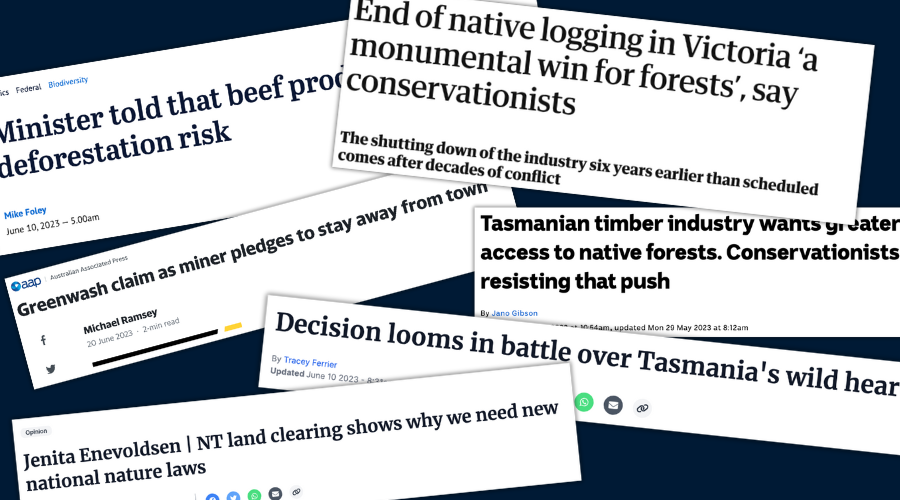
Check out some of the Wilderness Society's most impactful media mentions from April to June 2023. Including:
- AAP—Alcoa's exclusion zone around Dwellingup, WA, simply another case of corporate greenwashing.
- Katherine Times—Opinion: NT land clearing shows why we need new national nature laws
- Sydney Morning Herald—Minister told that beef producers aren’t a deforestation risk
- The Examiner—Decision looms in battle over Tasmania's wild heart
- ABC—Tasmanian timber industry wants greater access to native forests. Conservationists are resisting that push
- The Guardian—End of native logging in Victoria ‘a monumental win for forests’, say conservationists
Rio Tinto pulls out of the jarrah forests
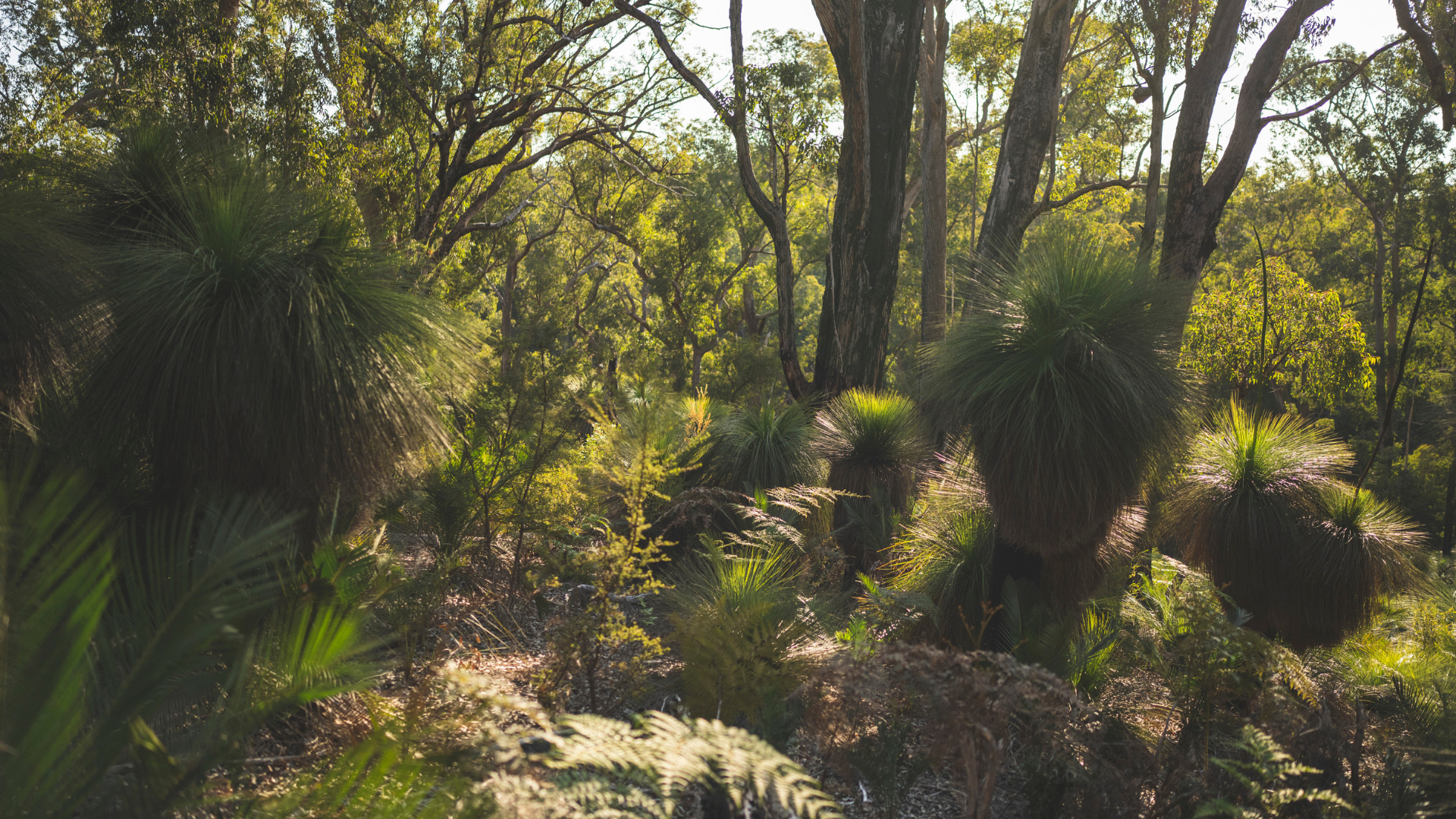
Thanks to your generous support, Rio Tinto is currently in the process of withdrawing its applications for exploration licences in the South-West of Western Australia.
Rio Tinto cited a number of contributing factors that led to their decision, but they acknowledged concerns raised by community members like you that led them to backtrack on plans to mine precious jarrah forests.
There were 1,500 separate objections including The Wilderness Society’s, along with the WA Forest Alliance’s to Rio Tinto’s applications and your contributions allowed our lawyers to build the best case possible.
The fight is not over; your ongoing support will give us the best chance possible to win this fight to protect WA’s native forests.
